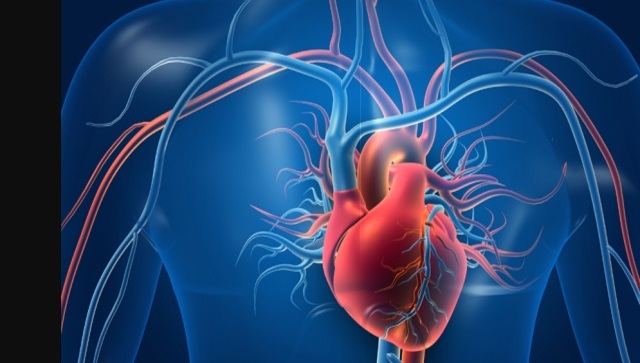Every year, World Thrombosis Day (WTD) is marked on 13 October to focus attention on the often misunderstood and overlooked condition of thrombosis. The day seeks to create awareness about the causes, symptoms, risks and treatment of the medical condition. Thrombosis is the formation of a clot in the vein or artery, which can decrease, or even block, normal blood flow. When a clot is formed in the deep veins of the leg, it is called deep vein thrombosis (DVT). Blood clots can also get detached and travel to an organ, including the lungs. When blood clots get lodged in the lungs, it is called pulmonary embolism (PE). Venous Thromboembolism (VTE) is formed by PE and DVT together. Significance One in four people globally die due to conditions caused by thrombosis. The condition is a preventable underlying cause of the top three cardiovascular killers, namely heart attacks, as well as thromboembolic stroke and VTE. Up to 900,000 in the US alone are affected by blood clots annually, out of which over 100,000 people die, making blood clots the cause of death for more people than AIDS, car accidents and breast cancer together WTD Logo The WTD logo was designed by Ekawat Suwantaroj, a patient who with severe haemophilia, who was diagnosed when he was four months old. The design by Suwantaroj represents both the artery and vein (red and blue colours) with a white circle, which denotes a clot. The logo is used to signify the WTD campaign globally. History WTD began to be celebrated in 2014 by the International Society on Thrombosis and Haemostatis. The day was chosen as 13 October as it was the birthday of Rudolf Virchow, who developed the concept of thrombosis and increased our knowledge of this medical condition. More than 175 countries participated in the first WTD celebrations in 2014 to raise visibility about thrombosis through educational forums, special events, social media and so on. Symptoms People with DVT experience a variety of symptoms including swelling, pain and/or tenderness in the legs, warmth and noticeable discoloration in the legs. Signs of PE include chest pain, rapid heart rate, shortness of breath, rapid breathing and light-headedness.
When a clot is formed in the deep veins of the leg, it is called deep vein thrombosis (DVT). Blood clots can also get detached and travel to an organ, including the lungs
Advertisement
End of Article


)

)
)
)
)
)
)
)
)



